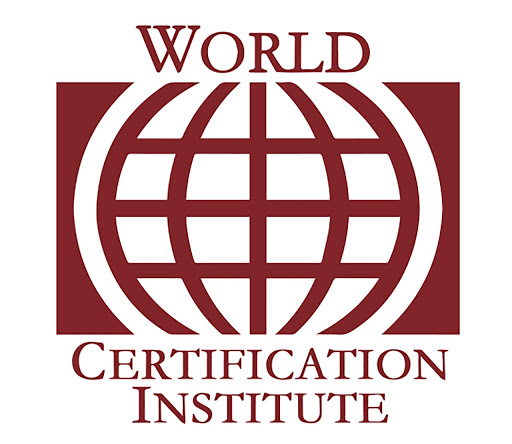Leading an elementary school is no easy task. In addition to the daily challenges of running a school, elementary school principals are often tasked with improving student achievement and turning around struggling schools. While there is no silver bullet for school turnaround, there are certain strategies that have been proven to be effective.
In this blog post, we will discuss 7 key strategies every elementary school principal should know for a successful turnaround. These strategies are based on research and best practices from leading school turnaround experts.
In addition, if you want to enhance your school leadership even more then we do recommend you to go through our Leadership Skills for School Supervisors program, which will definitely help you to upgrade your leadership skills.
Now, without any further delay let us get to know some key strategies every elementary school principal should know for a successful turnaround.
1. Define the school's purpose and develop a shared vision with the staff:
The first step in any successful school turnaround is to define the school’s purpose and develop a shared vision. All staff members should be involved in this process. Principals should strive to develop a shared vision that is both ambitious and achievable.
They should also strive to create a culture of collaboration among the staff where everyone is working together towards a common goal. Once the school’s vision and purpose have been established, it is important for school principals to ensure that staff members are committed to it.
Principals should over-communicate the school’s purpose and vision, so that it is engrained in the minds of staff. Principals should also provide regular feedback and coaching to the staff, to ensure that everyone is on the same page and working to achieve the school’s common vision.
2. Set high expectations for all students and staff:
Elementary school principals must set high expectations for both students and staff. Principals should strive to create a culture of excellence and a focus on student achievement. They should also devote time and resources to teacher development, so that teachers are equipped to meet the needs of their students.
Principals should also ensure that all students and staff understand that there are high expectations for everyone. This means that principals should be explicit about the expectations, both with students and staff.
Furthermore, they should make sure that teachers are held accountable for their performance, and that students are given the help and support they need to meet expectations.
3. Develop a comprehensive system of support for struggling students:
One of the most important strategies in educational turnarounds is to develop a comprehensive system of support for struggling students. Principals should strive to create an environment where students can receive extra assistance when they are struggling. This assistance could come in the form of additional targeted instruction, small-group sessions, or one-on-one tutoring.
Principals should also provide the support and resources necessary for teachers to be successful in meeting the needs of their struggling students. This could include resources such as professional development, training, and access to data.
Furthermore, principals should focus on student engagement and create learning experiences that are engaging and enjoyable for all students.
4. Increase opportunities for student engagement and increase instructional time:
Improving student engagement and increasing instructional time are two important strategies for school turnarounds. Principals should strive to create learning experiences that are engaging and enjoyable for all students.
It involves activities such as problem- or project-based learning. At the same time, principals should also strive to increase instructional time. This means providing students with additional time to practice, ask questions, and receive feedback.
Principals should also strive to increase access to technology and resources in the classroom. This could include providing access to digital learning tools or providing additional computers or tablets for student use.
5. Build a positive school culture and climate:
It is important for elementary school principals to create a positive school culture and climate. Principals should strive to create an atmosphere that is both supportive and welcoming for students and staff.
This could include implementing positive behaviour systems, such as rewarding students for excellence or recognizing good behaviour. Principals should also strive to create strong relationships with the community.
It could also include developing relationships with local businesses and other organizations, such as non-profits. Furthermore, principals should also prioritize parent engagement, by providing regular updates and opportunities for involvement in the school.
6. Develop effective systems for monitoring and responding to student progress:
It is important for elementary school principals to develop systems for monitoring and responding to student progress. Principals should strive to create a data-driven culture that focuses on student achievement.
This could include providing data-driven feedback to teachers and students, and creating systems to track and measure student progress. Principals should also strive to implement systems to respond to any concerns or issues that arise.
This could involve devising strategies to address any areas of concern or putting in place action plans to help students who are struggling. Principals should also be sure to monitor student behaviour, and respond quickly and appropriately to any issues.
7. Engage families and the community in the school’s work:
It is important for elementary school principals to engage families and the community in the school’s work. Principals should strive to create a welcoming environment for families and the community, by providing regular updates and holding regular meetings.
Principals should also work to bridge the gap between school and home, by encouraging parents to be involved in their children’s education. Principals should also work to build partnerships with local businesses and other organizations, such as non-profits. These partnerships can create valuable resources and opportunities for students and the school.
Final Thoughts
As the saying goes, it takes a village to raise a child. School turnaround is no different. It takes a collective effort from administrators, teachers, students, families, and the community to make a school successful. By following these strategies, elementary school principals or school leaders can be at the forefront of school turnarounds and lead their schools to a brighter future.
In case, if you are an aspiring or experienced School leader who wants to know every tips and trick to become one of the top school leaders then we do recommend our Leadership Skills for School Supervisors program, which will definitely help you in your leadership journey.









